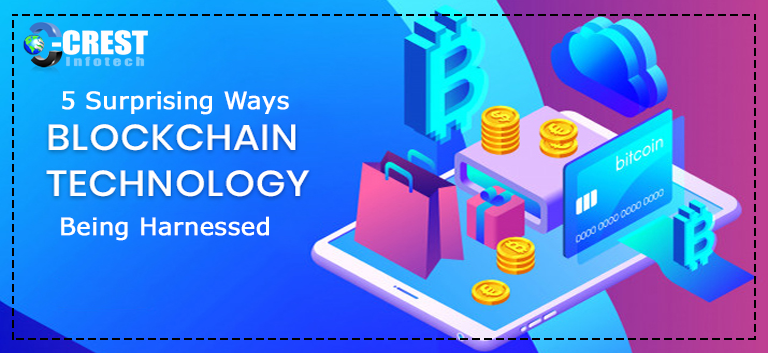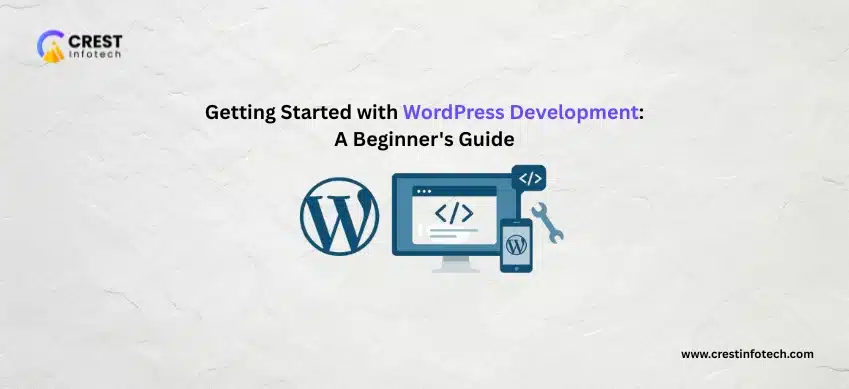Blockchain technology was created to render cryptocurrencies viable, yet it has quickly become an industry norm as a result of Bitcoin’s meteoric rise — but it isn’t restricted to acting as a framework for coin exchanges.
Indeed, the fundamental concepts of blockchain technology — decentralisation, confidentiality, durability, and accessibility — make it suitable for use in virtually any industry. Although many of them are still theoretical, a lot of progress has already been made in practise.
In this article, we’ll look at five different ways that blockchain technology is being used that may surprise those who only associate it with Bitcoin. Let’s get started!
To verify identity
In a time when so much information about us is readily available online, identity fraud is a major concern. We use personal information to secure sensitive accounts, then post that information on social media; we store important documents in the cloud, then protect them with the same weak passwords we use everywhere else.
Someone driven by greed (or spite) will gather all the information required to cause irreversible harm to the average internet user’s existence.
To cope with this pervasive lack of protection, significant acts that involve substantive identity authentication (such as changing a bank account or communicating with the government in any way) would typically ask to see some tangible documentation that can’t be replicated instantly and therefore is more meaningful — typically a current password, a credit/debit card, or even a birth certificate.
However, this method is inconvenient and causes a significant delay since proofs must be shipped, checked, and safely returned. This is why businesses are working to decentralise proof of identity using blockchain technology, ensuring that there is no single point of failure and that no malicious party can take unilateral action to compromise data.
Civic, a security firm, has developed a platform that uses biometric data to access multi-factor authentication via blockchain, allowing users to perform even the most secure actions without the need for complex logins or physical tokens.
To improve cloud storage
Without cloud storage, the current business world will fail to survive. We’ve grown accustomed to dragging and dropping files into cloud folders and accessing them from any browser, site, or location.
The issue is that, while cloud storage servers are usually large and have backup systems in place to prevent prolonged downtime, they are developed and operated by a single entity. Take down the SaaS business that runs a cloud storage service, and the service goes down with it.
Storj is a blockchain-based startup that aims to expand network cloud storage without relying on governing bodies. Users will pay flat rates for storing or uploading files, and they will be able to raise money by donating their storage space to the network as a repository.
CDNs can be used to cache data on multiple servers and speed up distribution in traditional cloud storage, but blockchain storage will take it to the next stage.
To clean up diamond trading
Gem trading has always been fraught with unethical practises, with the large sums of money involved (as well as the gap between the primary buyers and sellers) driving some unethical practises.
The diamond trade is the most heinous of a group of heinous crimes. Miners are abused and mistreated, specifications are exaggerated, counterfeits are sold wherever possible, and the whole process is opaque.
For all of these purposes, a blockchain ledger is just what the diamond industry needs. It would be much more difficult for traders to get away with illegal activity if every transaction was visible to everyone who cared to look.
It may be difficult to embed a blockchain framework so deeply in the industry that its use becomes implicitly obligatory, but it’s a worthy aim to follow. Everledger, a fintech company, is doing exactly that, offering a framework for monitoring diamond purchases and sales, with the aim of extending it as far as possible to cover an ever-increasing portion of the diamond trade.
The diamond trade will eventually seize control if it can only hit the tipping point that it becomes more financially sound to use Everledger’s blockchain rather than circumvent it. The diamond trade will eventually see real transparency if it can only hit the tipping point where it is more financially sound to use Everledger’s blockchain rather than avoid it.
To support green energy
The last two applications of blockchain we’ll look at are, in my opinion, more critical than the first three because they solve one of the major issues with blockchain use: the resource-intensive processing needed to perform proof-of-work calculations.
Solar power is an important cog in the wheel of renewable energy, but it has never yet reached mainstream status, for a variety of reasons. Solar panels are unsightly, costly to instal, take a long time to pay for themselves, and don’t produce power effectively or reliably. However, technology is improving, as are the methods for implementing it.
People with solar panels will use blockchain to sell the solar energy they don’t use. They can sell electricity when they don’t need it and buy it back when they do by linking their power metres to blockchain nodes.
There are no energy providers to deal with, and there are no complicated incentive rates to navigate all is decided by the group.Those systems may also use consensus algorithms to validate transactions instead of expensive proof-of-work calculations.
Look at how companies like Solar Bankers are attempting to make independent off-grid energy systems user-friendly and efficient enough to be feasible in today’s world to see how this work is being achieved.
To provide powerful processing
In the previous portion, I stated that the last two uses would address the proof-of-work requirements of current blockchain development technology. Although it is possible to completely avoid them, as we just saw, they can also be used in novel ways.
Golem, dubbed a global supercomputer, is devoid of any central processing, relying solely on blockchain mining for processing capacity. Since the proof-of-work calculations necessary to validate transactions can theoretically be anything, Golem lets customers rent that huge aggregated power as needed.
This is a fantastic solution to the mining problem. Companies or research agencies that need a lot of processing power to measure items like weather patterns or health models don’t have to invest in their own systems, because all of the processing power that would otherwise be lost can be turned into something useful.
You can also Hire Dedicated Developer and Hire Dedicated Designers. Contact Crest Infotech to know more about Dedicated Development and Designing services in Details.



